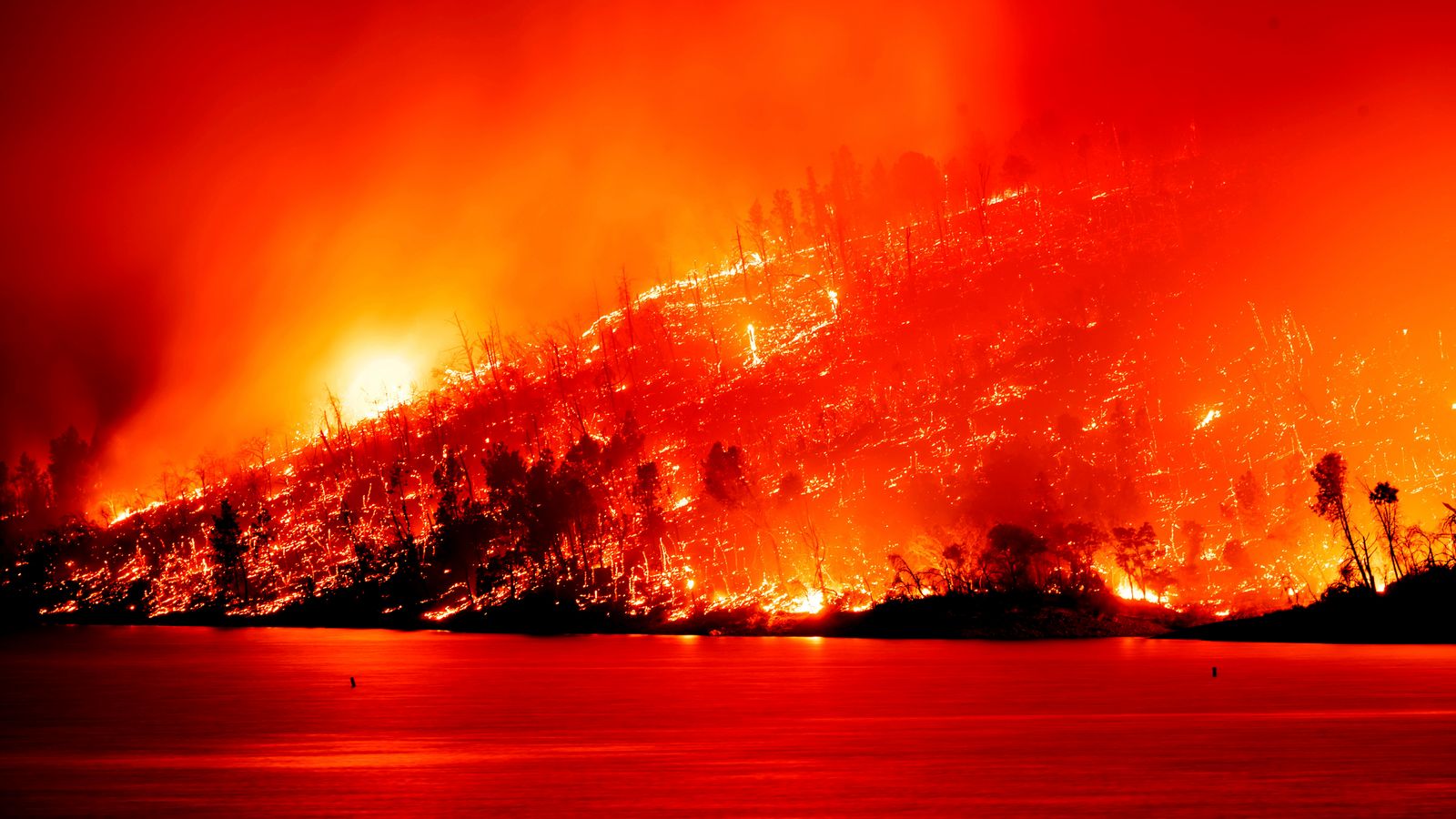As summer temperatures continue to soar across the United States, millions of people are under heat health alerts, facing the hidden dangers of extreme heat. From heat exhaustion to heatstroke, the risks of prolonged exposure to high temperatures are becoming more apparent as the mercury rises.
According to the National Weather Service, heat advisories and excessive heat warnings have been issued for a large portion of the country, including the Pacific Northwest, the Southwest, and the Midwest. In cities like Phoenix, Arizona and Las Vegas, Nevada, temperatures have reached record-breaking highs, with heat indexes well above 100 degrees Fahrenheit.
The dangers of extreme heat are not just limited to discomfort and dehydration. Heat-related illnesses, such as heat exhaustion and heatstroke, can have serious consequences, including organ damage, brain injury, and even death. Vulnerable populations, such as the elderly, children, and those with chronic health conditions, are particularly at risk.
To stay safe in the heat, experts recommend taking precautions such as staying hydrated, wearing light and loose clothing, and avoiding strenuous physical activity during the hottest part of the day. It is also important to seek shade or air-conditioned spaces whenever possible, and to check on vulnerable family members, neighbors, and friends.
In addition to the immediate health risks, extreme heat can also have long-term effects on the environment and infrastructure. Heat waves can lead to power outages, wildfires, and damage to roads and buildings. Climate change is exacerbating these risks, making extreme heat events more frequent and intense.
As the hidden dangers of soaring temperatures are revealed, it is clear that urgent action is needed to address the impacts of climate change and protect vulnerable populations from the risks of extreme heat. By taking steps to reduce greenhouse gas emissions, improve infrastructure resilience, and support community preparedness, we can work towards a more sustainable and safe future for all.
